Dead Island Cinematic Designer Responds To Mixed Trailer Reactions

After falling off the radar for several years, Techland's Dead Island made a splash last week with a heartwrenching announcement trailer that followed a family and their fight for survival against a bloodthirsty zombie horde. The video was created by Glasgow-based animation house Axis that worked with publisher Deep Silver for the trailer's direction. Dead Island's trailer shows that violence and death discriminates against no one, as we watch a little girl get consumed by a virus that ultimately leads to her downfall. The shocking cinematic was impressive and groundbreaking for some, while others found that the violent content and lack of gameplay was distasteful and potentially misleading. We caught up with Deep Silver cinematic designer, Anton Borkel, who tells us about the trailer's creation process, inspirations, the decision and controversy surrounding the zombification of a child, and explains that while the trailer doesn't exactly show gameplay footage, there are some hints on what to expect.
How did you come up with the concept for the Dead Island trailer?
This was actually a long process. When I joined the project, Axis had already developed several ideas. Some elements were already in place at that time -- for example, the little girl as a character was in most of the drafts early on. The idea behind it changed quite a bit though. Ultimately, we focused on challenging the audience and putting in twists and turns as we went along. There were many heated discussions on how well the audience might react to a rather complex trailer structure, but in the end we all felt that this could actually work. By reversing some of the content in the trailer, we not only get to see interesting and surreal/gruesome scenery, but we also leave the viewer on a different note than many other trailers: showing a peaceful world, something worth fighting for.
Viewers drew comparisons between the trailer and LOST or Memento. What inspired the direction of the video? Did you look into other game trailers for inspiration?
I can't deny that I'm a huge fan of Mr. Nolan's work, but you cannot compare a full feature film with a 3-minute trailer or the other way around. In this case, the main sources of inspiration were short films and music. I know that Stu Aitken and the guys from Axis expanded their field of view much further, to some Dutch paintings for example. I remember at one point talking about a ballet or dance to describe the look we wanted to go for in the trailer. We really tried to look to sources outside of other game trailers for inspiration, and by the way, I’m one of the few humans on earth who hasn’t seen Lost, but I heard it’s brilliant.
The music in the trailer struck just as big of an emotional chord as the visuals. Can you tell us about the accompanying music and the trailer’s overall audio direction?
Interestingly enough, Axis and Deep Silver had a very similar approach to the audio direction, and we settled on a style and tempo for music pretty early on. We wanted the audio to work as a supplemental force to the different emotions of the piece, mainly fast/intense/sharp sound design for the violent chase sequence and dramatic/beautiful music by Savalas as a counterpoint to increase the “juxtaposition between beauty and horror” theme of the trailer even more. We really felt like this was the only way to go, but then again, lots of fans are showing their own take on the arrangement by putting some great re-cut versions online.
What do you think about the re-cut versions?
I
think it’s a chance for people to see even more detail in the
characters and the brilliant sequences Axis put together. While we
certainly set out to create something that isn’t “gimmicky,” having so
many people re-reversing and rearranging the piece definitely shows a
high level of interest by the community, and we are thrilled that so
many have taken their own spin and interpretation to the piece.
The trailer depicts the struggle for survival of a family and the zombification of a young girl. Our culture typically frowns upon depictions of acts of violence against children in media. Why the decision to focus on the child?
With this trailer's messaging, we really tried to draw the focus to intense emotions moreso than intense violence. Forcing uproars or controversy just for the sake of focusing on the violence might get you noticed in the beginning, but branding Dead Island this way right from the get-go was never an option we considered and I’m quite happy we stuck to this choice. People seem to understand that the intent of this trailer is not to focus on the carnage, but to focus on the emotion of the situation judging from the responses we have received so far. But there were some pretty offended zombies.
Involving a child was a key component to the script, though. The evil force that is portrayed in this trailer does not differentiate between race, age or sex. When even a pure and helpless child won’t be spared, the essential struggle for survival can be explained within seconds. By showing some family moments in the end, we really tried to break down the essence of what people are willing to fight for. We think the child is one of the focus points to bring the messages of survival and that no one is safe from the horrors that occur on the island.
What emotion were you trying to draw out of viewers overall?
We wanted the audience to have mixed feelings at the end or as we say in German, “there will be a smiling and a crying eye.”
The Dead Island debut made quite a splash with its presentation treading the line between trailer and short film. Some viewers argued the trailer tells the public nothing about the game and can be misleading. Thoughts?
There are actually many hints in the trailer on what to expect from the game itself. The more obvious ones would be the inclusion of intense melee combat or the setting and the iconic hotel itself, for example. But as far as the cinematic nature of the trailer goes, we were really devoted to creating something that would not be mistaken for gameplay because this piece is more about mood and atmosphere than being a standard gameplay video.
Was the cinematic created using the in-game engine/assets?
Yes. Axis used models and textures provided by the developer to portray actual locations on the island, including its famous hotel and lighthouse, as closely as possible.
The family in the trailer found themselves in a pretty dire situation. Are they the main characters of the game? If not, will we see them again?
We are not quite ready to talk about the involvement of the family in the game at this stage.
The Dead Island trailer spread like wildfire across the internet when it launched and had an overall positive reception. Did you expect that it would have that much of an impact?
I guess the trailer hit a nerve. No one could ever anticipate such a following, especially with a touchy subject like a dying family. But we tried to handle a rather simple setup with emotional depth and twists, giving the audience something to think about, rather than just “consuming” CGI images of an upcoming video game. A complex product like a video game has rewarding gameplay mechanics at its core. We tried to give the audience something additional with this trailer by introducing an unusual storyline-architecture, more emotional depth, realistic characters, and encouraging multiple views.
Do you think the success of this trailer will change the way games will be marketed in the future?
I guess we will have to wait and see. We certainly didn’t set out to change the way games are advertised, but I think the success might already have given other smaller developers and publishers hope that people still appreciate being taken seriously and that there are ways to reach an audience when the emphasis is placed on creativity, passion, and thought behind your messages vs. big budgets.
What would you say to people who are skeptical the game won’t measure up to the trailer?
People always have doubts when a CGI trailer is released as a first piece of media which is understandable, but I think we set out to create something that would be close to the game's atmosphere, which we feel is a significant differentiating point for Dead Island. As long as people don't expect to play the game in reverse-slowmotion-mode they should be just fine.
For more on Dead Island, check out our preview.
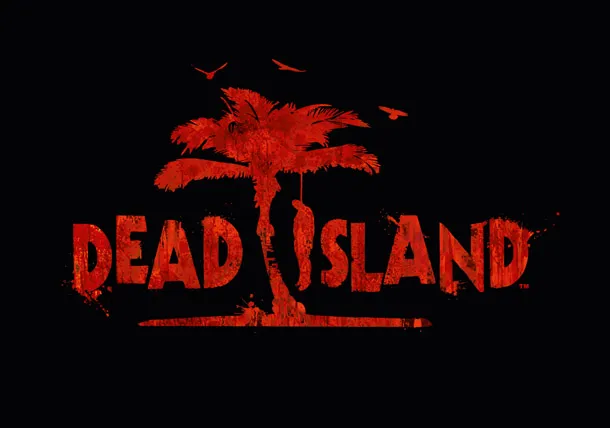
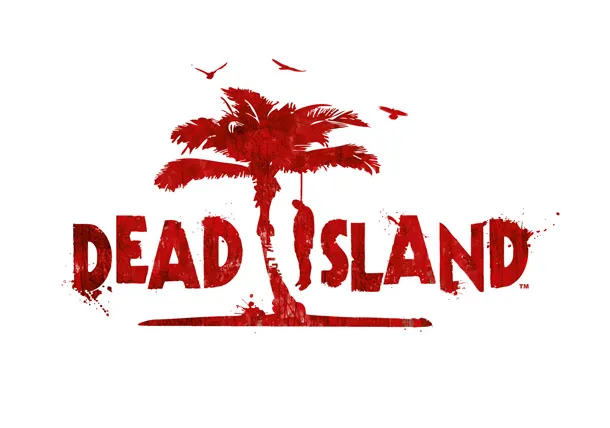
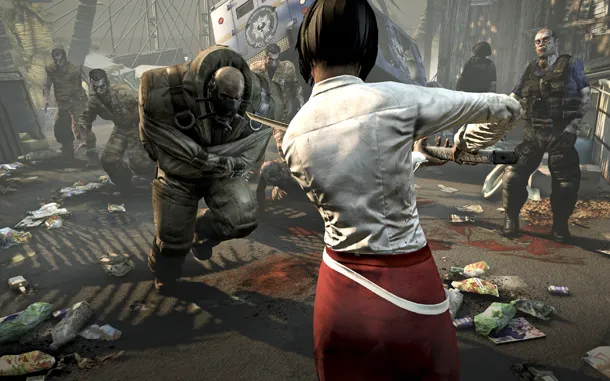
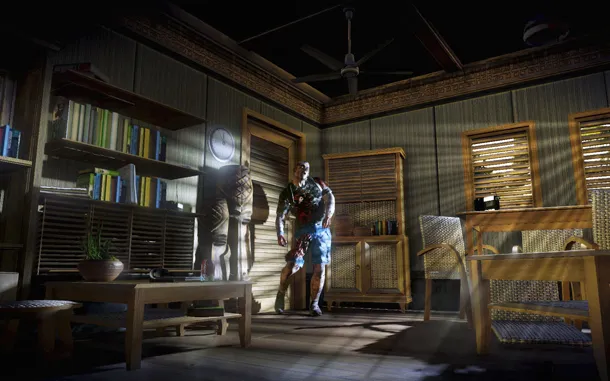
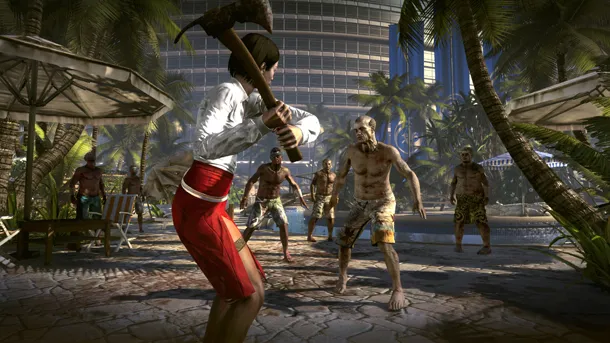
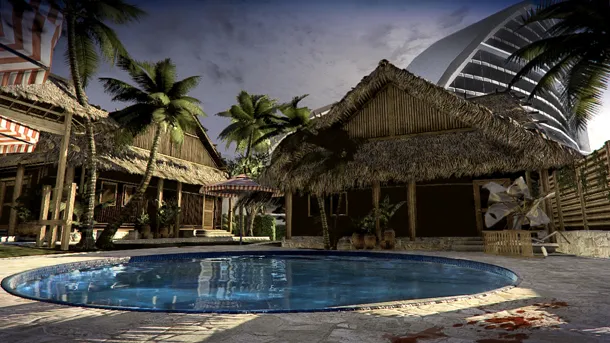
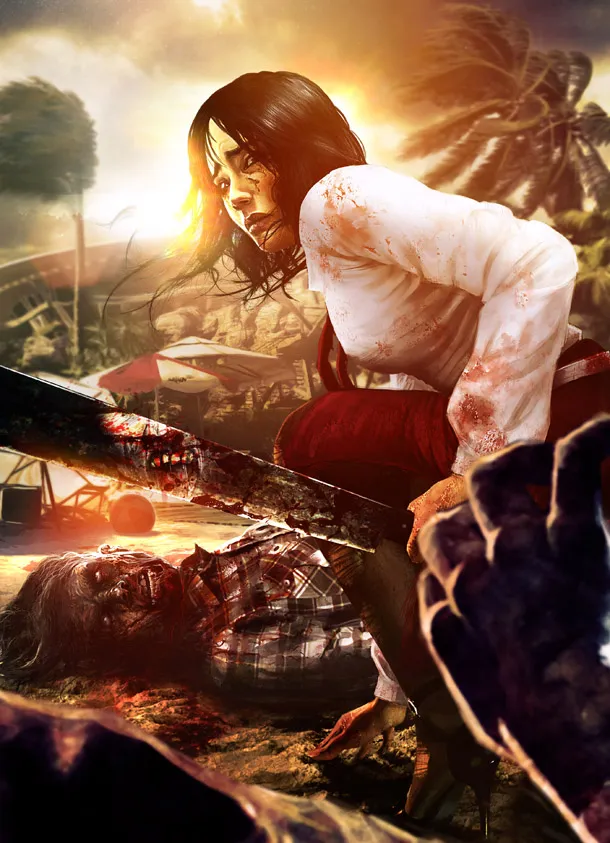
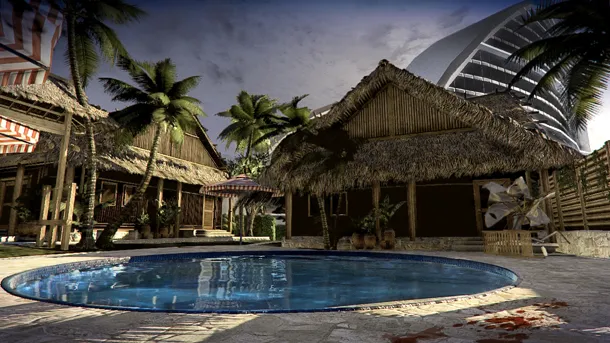
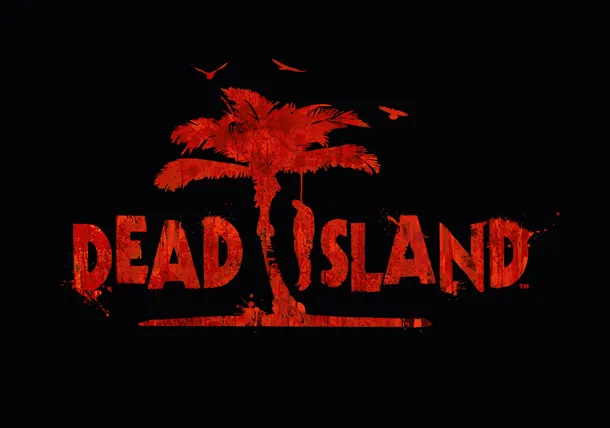
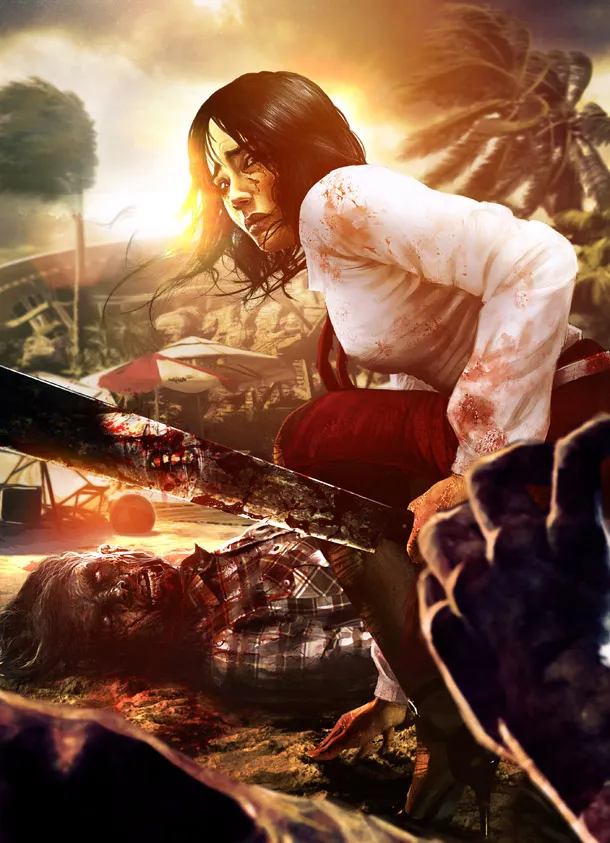
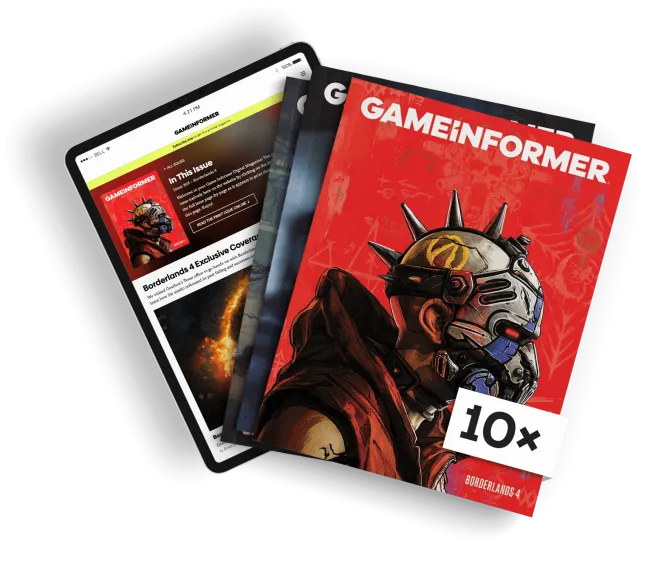
Get the Game Informer Print Edition!
Explore your favorite games in premium print format, delivered to your door.
- 10 issues per year
- Only $4.80 per issue
- Full digital magazine archive access
- Since 1991









